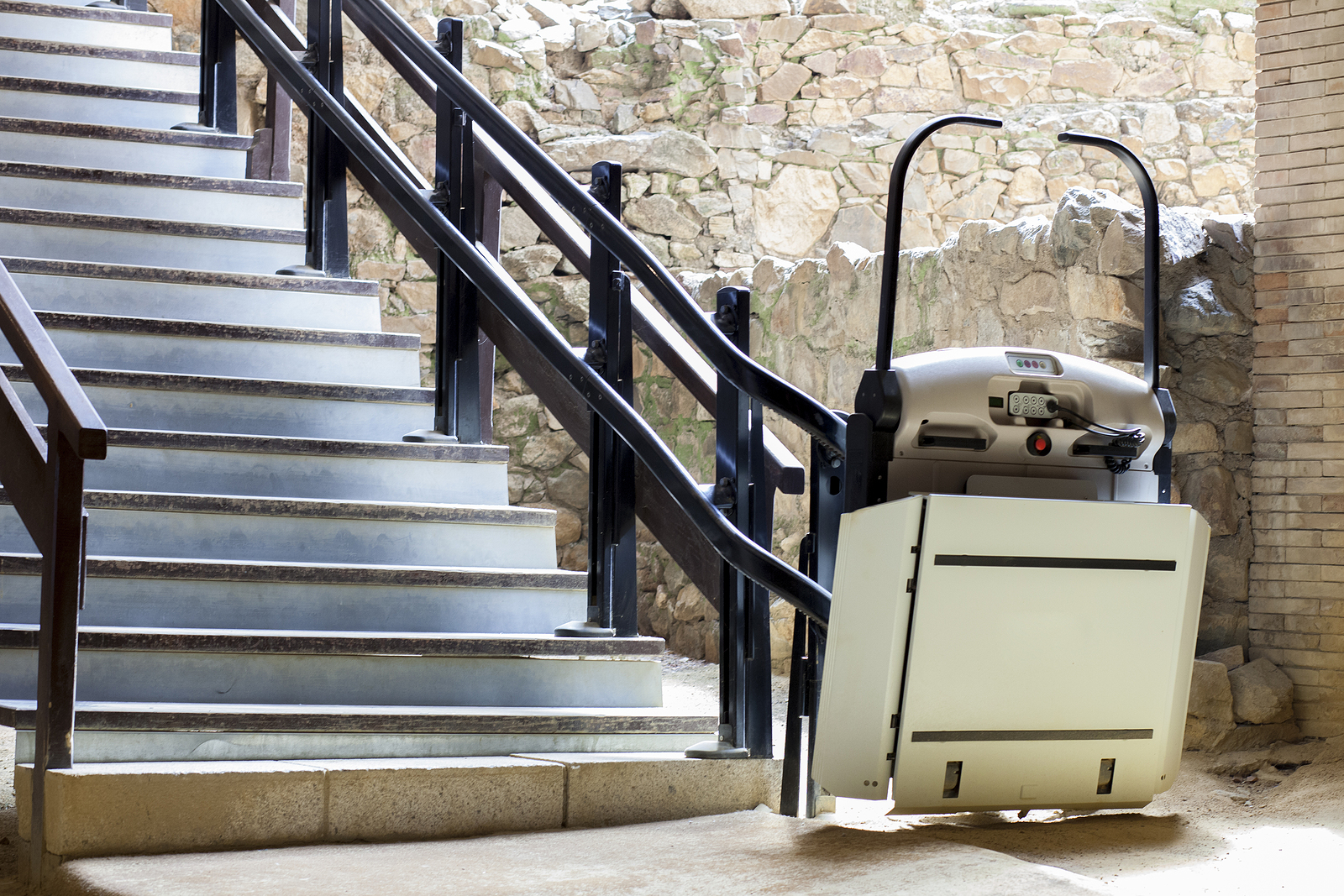There are a lot of options when it comes to stairlifts, but for most people, it is less about making difficult choices and more about having options for everyone who could benefit from having the mobility aid installed in their houses.
For most British homes, choosing a stairlift is a matter of calling the experts, who will see if the most conventional and effective type will work through a survey and inspection, and discussing possible options if it is not.
For the most part, this means a seated stairlift that provides comfortable, easy trips upstairs and downstairs, allowing people to remain in their homes without having to make significant adjustments to only use the downstairs rooms.
However, for certain narrow staircases, a standing stairlift or perch stairlift can be potentially preferable to a seated option, even one that is designed for more narrow staircases, depending on a person’s particular circumstances.
Certain mobility issues, such as those involving joint pain or arthritis, but otherwise have enough strength to maintain their grip during the ride and keep themselves balanced, might make a perch a better option than a narrow stairlift if space is at a premium.
It can be more comfortable to step onto a stairlift plate than sitting down, and it helps maintain posture, which can be helpful when it is otherwise difficult, painful or time-consuming to twist hips or bend knees to get into position.
A potentially ideal middle ground is a perch stairlift. This allows you to take some weight off by resting against an elevated sloped seat without requiring painful joint motions.
All of these options will be available when discussing a stairlift installation with the experts, as well as with a GP or a physiotherapist, as medical experts will have a good idea of your range of motion and what will be the easiest and most comfortable to live with.


